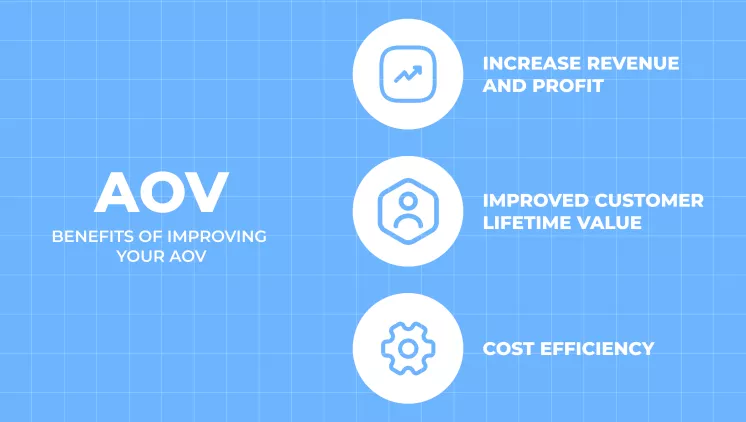You need to have knowledge on how your customers spend their money to improve your strategies. Using Shopify Average Order Value Report allows business owners to get more information about purchase amounts and how to enhance their product pricing and retention initiatives. In this post we'll explain how we can optimize business metrics together with AOV reports and tools like Mipler.
Why the Average Order Value report in Shopify is important
Shopify store owners depend on the Average Order Value (AOV) metric to monitor how their clients spend money while shopping. Businesses track AOV to create data pricing and marketing strategies that boost store revenue. It gives store owners an opportunity to swiftly adapt their strategies when markets change.

Benefits of Average Order Value Reporting in Shopify
The advantages of Shopify AOV report include:
- Better pricing strategies – Businesses can accomplish their maximum profit goals through better pricing strategies and understanding how discounts and promotions affect customer spending.
- Optimized marketing campaigns – Companies can optimize their strategies to reduce efforts spending on failure marketing by targeting the best customers and their preference.
- Improved profitability – A review of product bundling methods allows stores to build higher average order values, which leads to better income.
- Industry benchmarking – Compare your store’s Shopify average order value by industry to change retail prices effectively.
- Customer retention insights – Average order value in Shopify data helps owners detect their most profitable clients so they can implement retention programs that build good relationships with valuable customers.
How the Shopify Average Order Value Report Helps You
With AOV Shopify reports, you can:
- Understand customer spending patterns, which helps you make decisions in advance.
- Test how promotions along with upsells and cross-sells impact your marketing for better promotional results.
- Modify prices of products and bundles to achieve maximum revenue while maintaining leadership positions.
- Achieve a better understanding of customer behavior through average order value in Shopify analysis based on location, customer type, and product categories.
- Optimize inventory management and prepare for peak shopping periods.
Create a Shopify Average Order Value Report with Mipler
Users can examine AOV with the flexible AOV reporting option found in Mipler's platform. Here’s how to create one:
- Go to Mipler's Shopify Reports.
- Select “Average Order Value Report” from the dashboard.
- Customize your report based on selecting date ranges, filtering by customer segments, and choosing metrics which are needed in your case.
- Generate reports to identify trends and useful insights.
- Save reports by exporting them in a file format which you prefer, or share them with your teammates.

Build and Automate Your Shopify Average Order Value Reports to Optimize Your Store
Automation provides you with recent data analysis and automated systems that require no effort. With Mipler, you can:
- Schedule AOV reports, which send automatically by email for continual performance metric tracking.
- Analyze the value of each purchase between different marketing channels to understand which platforms attract customers more.
- Use past AOV statistics to predict sales performance while creating new ones based on customer preferences.

Important
Using AOV Shopify reports in their proper manner will result in increased revenue. Monitoring AOV trends with Shopify Sales Reports helps businesses remain competitive and build customer loyalty. Organizations should optimize their prices, products, and marketing plans to achieve maximum profit.
FAQ
What is the Shopify average order value formula?
AOV = Total Revenue / Number of Orders.
If a store generates $50,000 in total from 1,000 orders, the Shopify AOV Average Order Value (AOV):
AOV = $50,000 / 1,000 = $50
How can I increase my Shopify AOV?
You can offer product bundles, upsells, and discounts for higher purchase amounts to boost AOV. Shopify customers are likely to make larger buys when you offer them free shipping and meet individual recommendation needs.
Can I segment my AOV report by customer type?
Mipler allows you to filter your AOV reports by customer groups, product categories, sales channels, and other specified elements to get an understanding of customer spending patterns.
How often should I analyze my Shopify AOV?
The review of AOV reports should be performed weekly or monthly to follow market trends that need strategic adjustments. Daily observation provides advantages to companies with high growth rates and periodic promotional activities.
